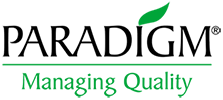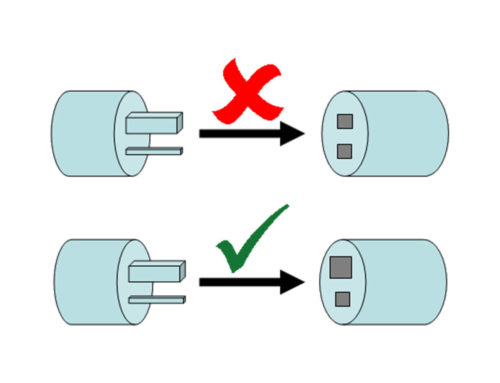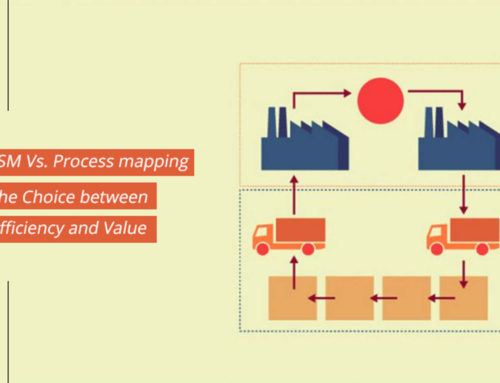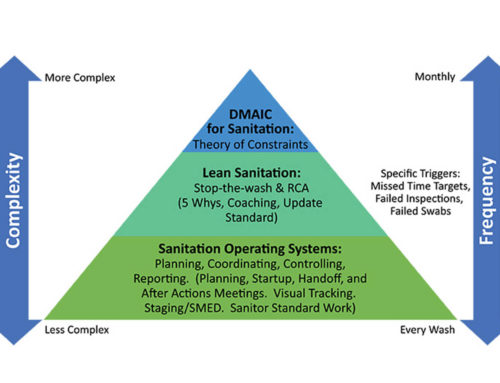According to the statistics of World Health Organization: unsafe food is responsible for over 200 borne diseases that affect a staggering 600 million people, across the world. This leads to 420,000 deaths every year; the numbers are likely to increase this year because of the Covid-19 pandemic if hygiene-measures are not essentially undertaken. The food contamination happens at individual’s homes, trading junctions, and a good number is linked to the food factory.
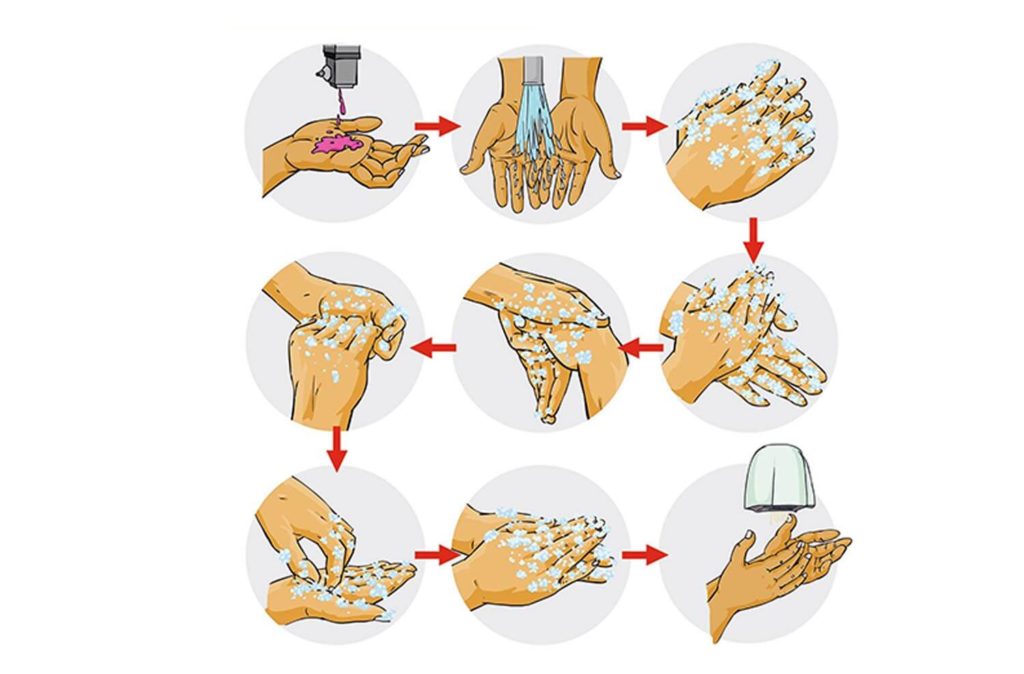 Being the largest industry, this food and beverage sector is the leading employer in many countries. The food-officials are responsible for handling, storing, distributing, transporting, and making food and beverage. The food industries are equipped with state of art machinery and amenities to ensure sanitation, hygiene standards and zero cross-contamination, at any processual stage.
Being the largest industry, this food and beverage sector is the leading employer in many countries. The food-officials are responsible for handling, storing, distributing, transporting, and making food and beverage. The food industries are equipped with state of art machinery and amenities to ensure sanitation, hygiene standards and zero cross-contamination, at any processual stage.
To make this a reality, how they handle food matters the most for which personal hygiene is of paramount importance. Maintaining clean hands is the most important factor in maintaining food safety. So, what are the required facilities and personal hygiene standards that food factories must comply with to ensure bacteria, parasites, chemical substances and viruses do not contaminate food meant for public consumption?
Where to Install Hand Washing Facility?
There are key areas within the factory premise, which require handwashing facilities for frequent usage. These include.
- Immediately at the entrance to areas with open food
- Areas where food is processed, packaged and prepared
- At the washrooms
What is the Ideal Location for Hand Washing Facility?
The management must ensure that they install sinks in open areas. These facilities should be installed at bench-height to assure one can comfortably wash their hands while standing. They must be accessible, preferably within 5 meters.
Recommended Design for Installing Basins
Given how some viruses such as COVID 19 spread, it is recommended that the sinks within food industries must have automated taps with water timed to flow for 15 seconds per interval. These outlets must have a consistent supply of warm water.
When installing the hand basin, there must be enough space between its base and the tap to allow for enough room to wash arms and hands.
Next to the hand basin, there must be an automatic towel, single-use paper or cloth towel dispenser for drying hands. In addition, the use of automated soap dispensers increases hygiene.
What is an appropriate Time to Wash Hands?
With the facilities set, the next thing is when should the employees wash their hands? These instances are not the only key to preventing food contamination but also vital to preventing more COVID-19 infections.
These includes,
- after coughing and sneezing
- when they’ve touched their bare skin; maybe the nose, mouth and ears,
- after visiting the toilet,
- after handling raw food, garbage and animals
- after going out of the food handling premises
- when preparing food
- before wearing gloves, among others
The Hand Washing Process
Since the employees use their hands throughout the food processing, they must understand that they should thoroughly clean them. This process entails;
- Rinsing their hands with water before applying soap and scrubbing off any visible dirt on their hands; Making sure they scrub their palm, the back of their hands, between their fingers, forearm, and around their nails
- Using running water to rinse their hands, cleaning the leather from the forearm towards the palm of the hands
- Using a towel from the dispenser, and drying the hands completely; If they are using an air dryer, it is important to wait until their hands are completely dry; They should not use the apron or clothes to further dry their hands
When these personal hygiene and handwashing procedures are followed, the food industry is better placed to control the spreading of deadly diseases like COVID-19. The management should make handwashing a culture by training on hygiene, placing posters strategically as a reminder to wash hands, and being at the forefront, leading the employees to disinfect themselves.
